Icarus Community Report
Issue 11
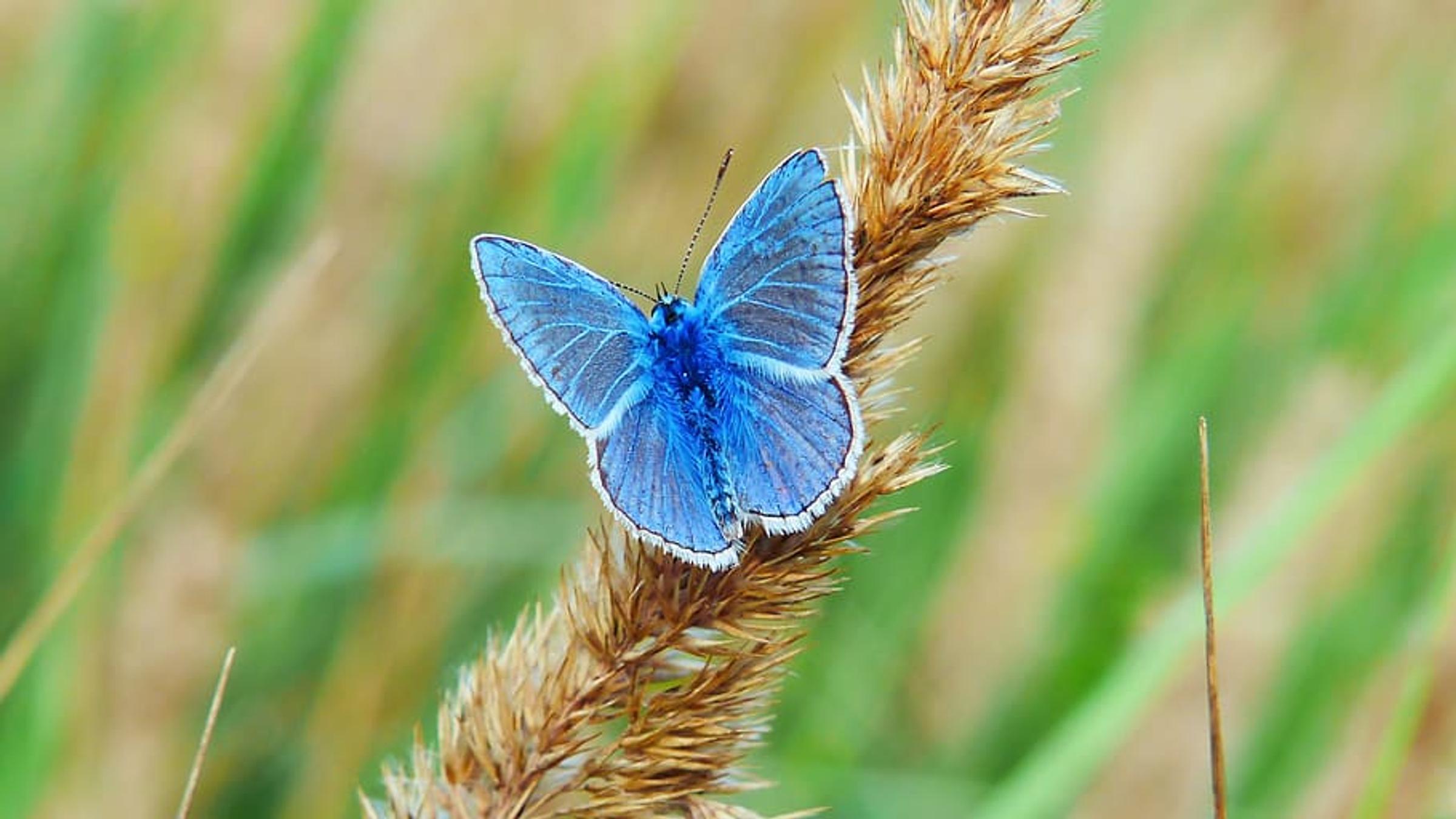
Icarus Community Report
Issue 11
Icarus Community Report
What a fantastic start to Term 3 we have had! The Icarus Community would like to thank all those parents who attended the Parent Teacher Interviews. It was a pleasure to meet you and celebrate your child’s achievements with you.
Welcome to Aliya!
We would like to take this opportunity to welcome Aliya to the Icarus Community in 34D. The Icarus team looks forward to working with her this semester.
Reading
In Term 3, the Icarus community has been focusing on summarising a text. Students have been asking questions to best identify the main points of the text or passage.
Summarising a Fiction Text.
Students have been using the strategy of somebody, wanted, but, so, then to identify the important parts of a fiction text.
The learning intention and success criteria have been:
LI: We are learning how to summarise a fiction text.
SC: I can:
- Identify the main idea of the text
- Locate key vocabulary
- Write a statement beside each paragraph about the main idea
- Summarise the key details, briefly
- Use my own words.
When you answer questions about the summary, first ask yourself,
S- Somebody- Who is the main character in the text?
W- Wanted- What did the main character want to do in the text?
B-But- But what was the problem?
S-So- So how did the character solve or try to solve the problem?
T-Then- Then how does the story end?
A good summary is closer to the main idea than to any single detail found in the passage.
Summarising a Non-Fiction Text
Students have also been focusing on using the strategy of the 5Ws and 1H: Who, What, When, Where, Why and How when summarising a nonfiction text or passage.
LI: We are learning how to summarise a nonfiction text
SC: Introducing 5Ws & 1H for nonfiction summarising



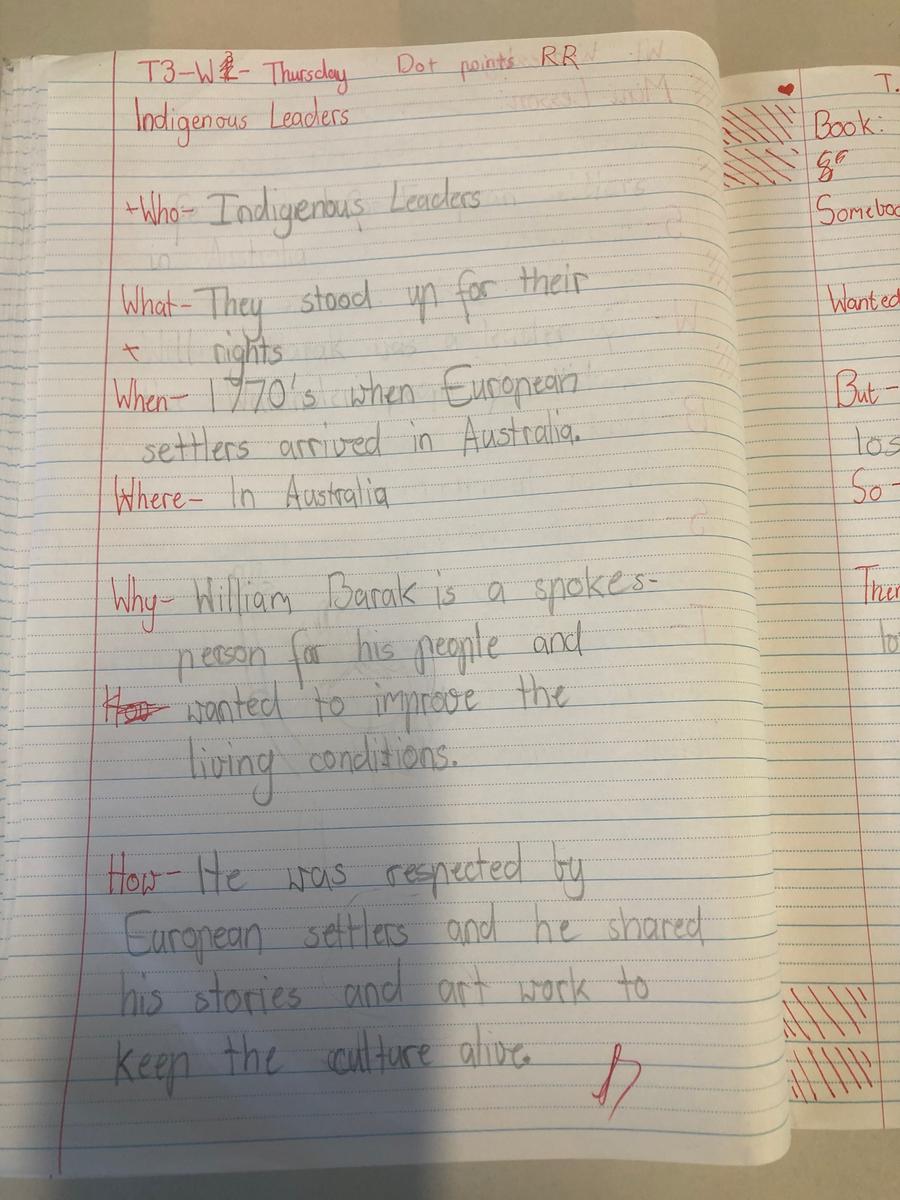




Non-fiction Text: Introduce these steps:
- Skim the text to get a general idea of the topic.
- Delete unnecessary information.
- Find the main idea in the text.
- Find or create a topic sentence.
- Generalise material: oak tree for tress.
How Can You Stretch Students' Thinking?
Here are some general questions to ask yourself: Using the 5Ws strategy.
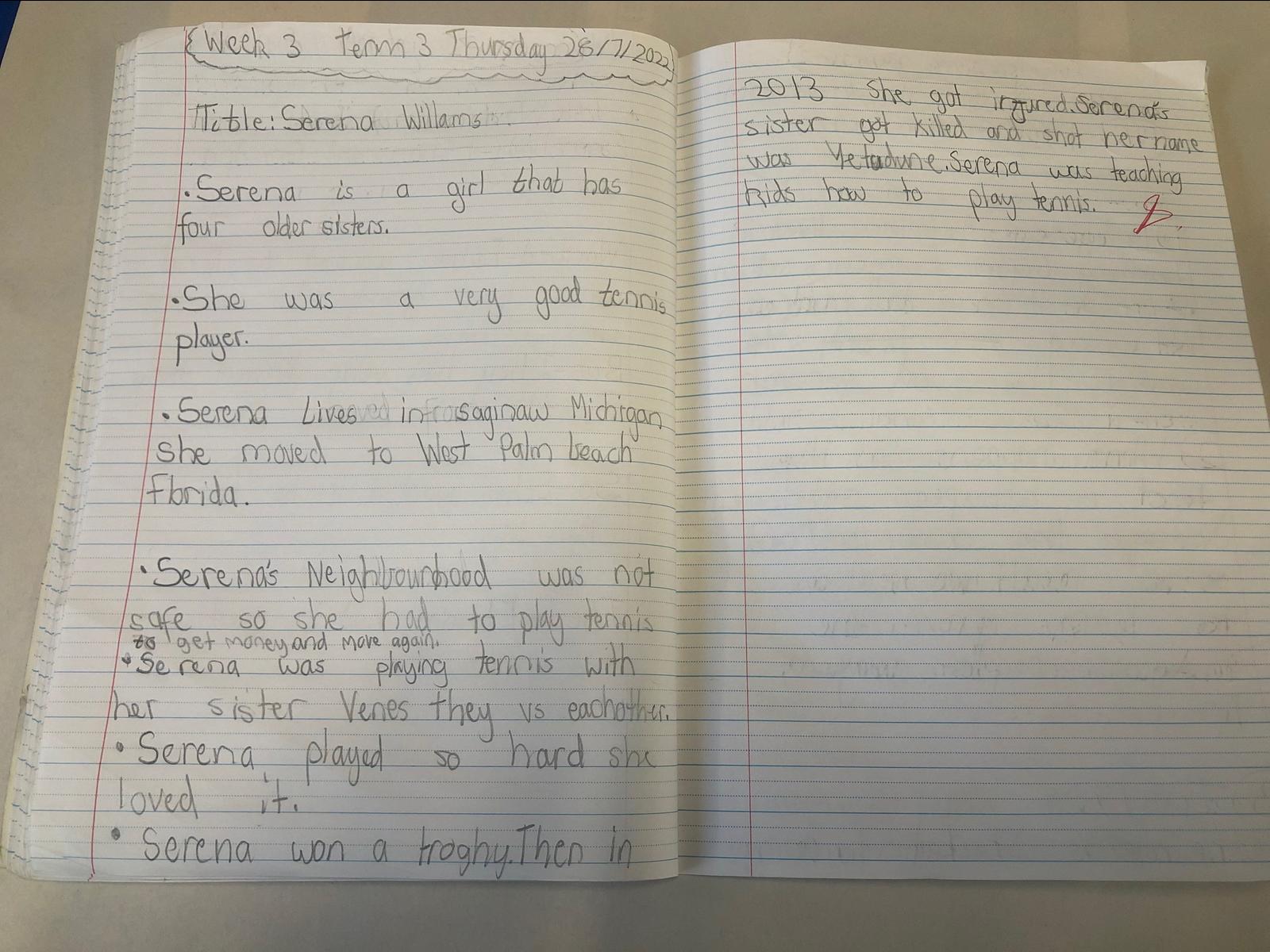
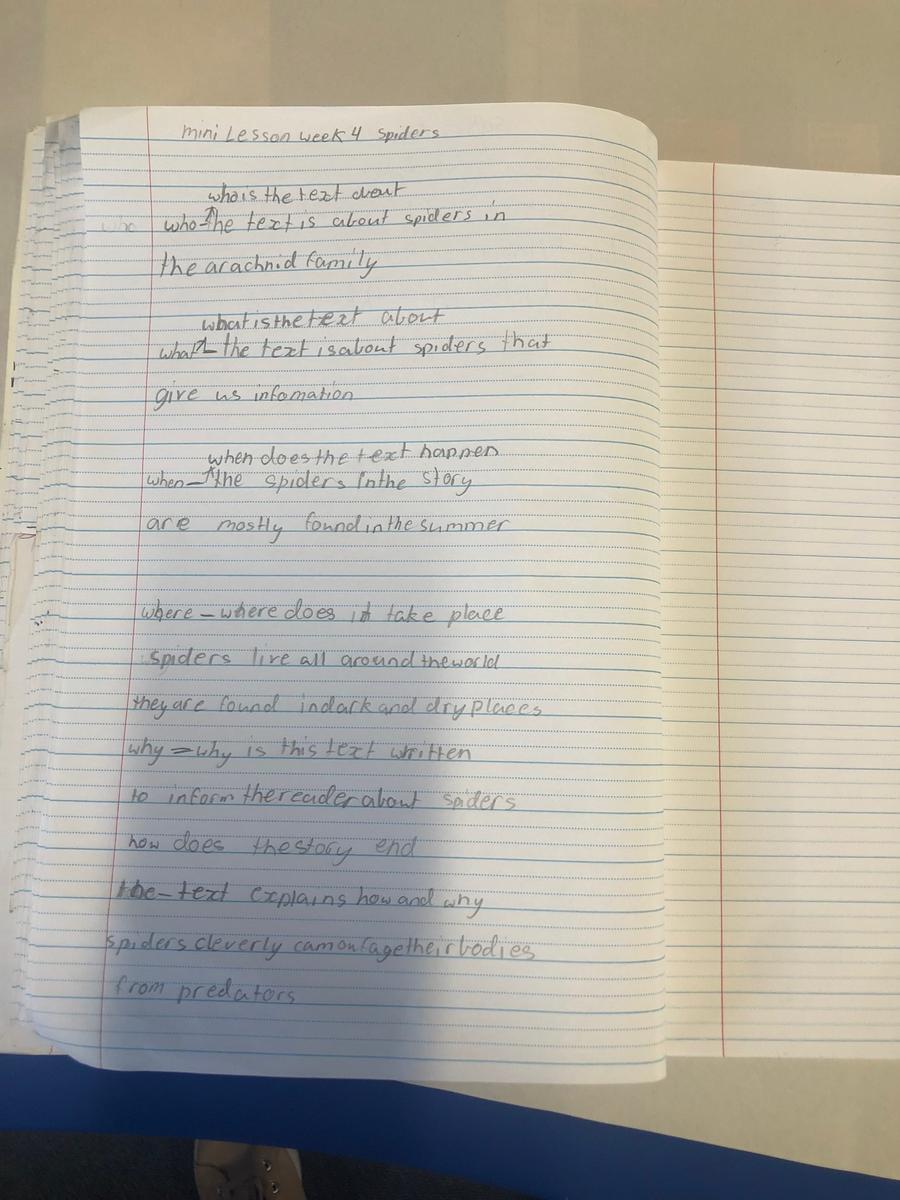


Writing
This Term, students in 3/4 Icarus have been learning about the composition of procedural texts. They know that all genres have specific structures and features. They know that procedural texts take different forms including instructions, procedural recounts, recipes, directions and manuals. Through mini-lessons and the use of mentor texts students have been able to use the writing process to draft, edit and publish procedural texts. Structurally, they have included:
Title
Subheadings-Materials/Equipment
Steps/Procedure
Diagrams
Specific features have included-technical language, action verbs, prepositional phrases and expanded noun groups to provide details about the materials required.
Some of the procedural texts that students have written are:
How to Make a Sandwich
How to make a Sandwich
How to catch a Dragon
How to draw a Picture
The students drafted their ideas, conferenced with a teacher or a peer, edited their drafts and self-assessed their writing and their peers against the Success Criteria.
HOW TO READ A BOOK




HOW TO DRAW A PICTURE


SELF ASSESSMENT RUBRIC
| Success Criteria | Partly Achieved | Mostly Achieved | Completely Achieved |
| Clearly instruct someone to complete a task. | |||
| Use a title. |
| ||
| Include materials and the steps /procedure. | |||
| Recount the steps in order, clearly. |
| ||
| Use action verbs for each step in the procedure. | |||
| Use accurate spelling and punctuation |
| ||
| Edit the text (spelling, punctuation, clarity). |
Maths
This term, students have been learning about multiplication and division. Students have learned about fact families and how multiplication and division are inverse operations to one another. They have also learned how to use fact families, arrays, the column method and short division to solve a variety of problems.
The learning intention and success criteria we have been focusing on is:
LI: We are learning to solve multiplication and division problems using a variety of strategies.
SI:
I can:
Fact Families
Multiplication and division are inverse operations of each other. This means that they are opposites. We have been showing our connections of these through fact families. A fact family is a set of related multiplication and division number sentences that include the same numbers.


Arrays






Column Method


Short Division






SEL (Social and Emotional Learning)
This term in our SEL session, we have been learning about managing stress levels and emotions such as anger, frustration, and sadness. Students shared their self-calming and relaxation techniques via class discussions, role play and freeze frames. The Icarus community also explored having a growth mindset and what makes a good friendship. To practise how to be an empathetic friend, students played a slow-motion mirror game, where one student tried to move very slowly, and the other attempted to mirror or match their friend's movements.

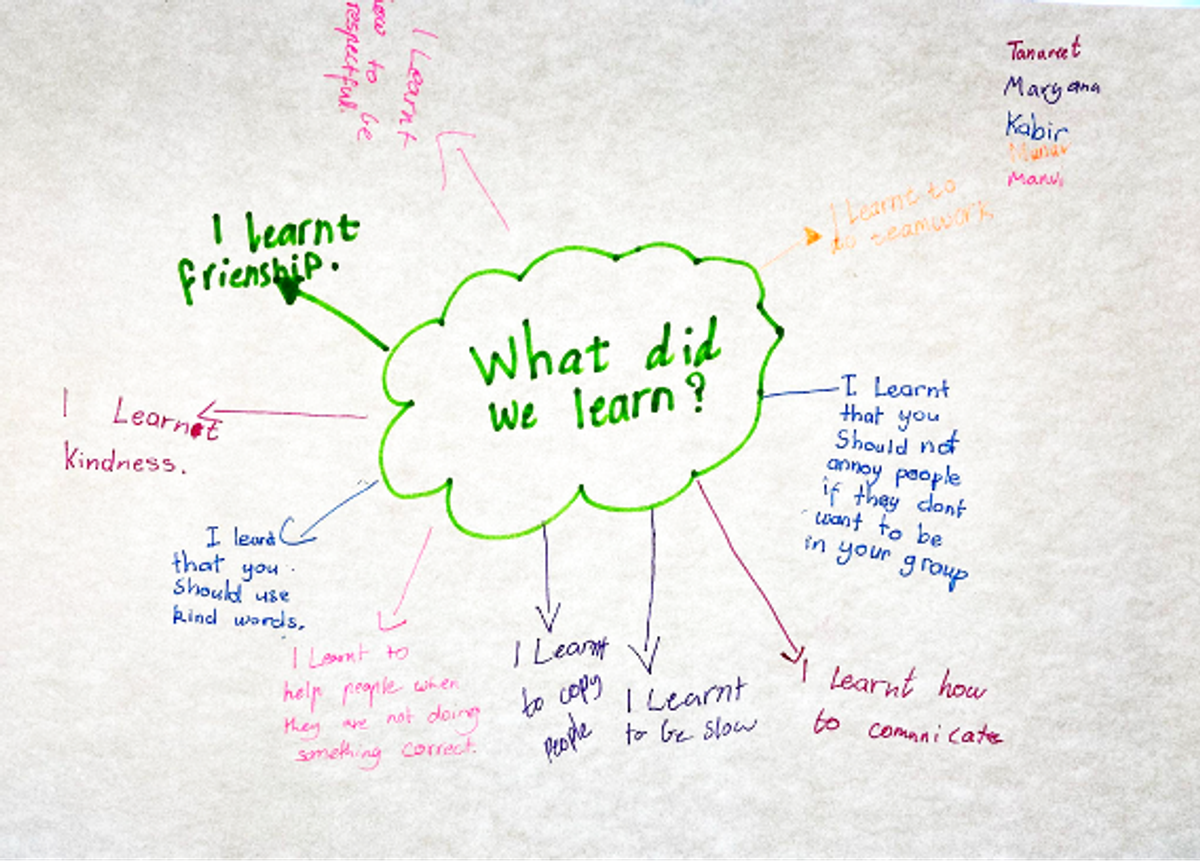


Inquiry
This term, students have been investigating the question “How does the way we live affect all living things?” They have familiarised themselves with different ecosystems such as Marine, Desert, Forest, Tundra, Fresh Water, and the Savannah. Students have researched about biomes, taken notes about the main idea and collated their knowledge about similarities and differences between different ecosystems.

